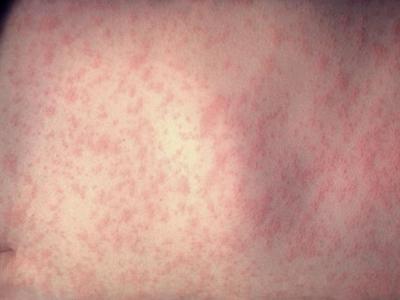Infection prevention professional groups yesterday unveiled two new sets of recommendations for hospitals, one on preventing central-line bloodstream infections and the other on curbing methicillin-resistant Staphylococcus aureus (MRSA) illness.
The release of the new evidence-based practice recommendations is part of a series on preventing hospital infections that will be published over the next several months and update guidance published in 2008. The new guidance was published in the Jun 9 online edition of Infection Control and Hospital Epidemiology (ICHE).
Groups that collaborated on the new recommendations include the Society for Healthcare Epidemiology of America (SHEA), the Infectious Diseases Society of America (IDSA), the American Hospital Association (AHA), the Association for Professionals in Infection Control and Epidemiology (APIC), and The Joint Commission.
Battle plan for bloodstream infections
About 41,000 central-line associated bloodstream infections (CLABSIs) occur in US hospitals each year, increasing the length of patient stays and their risk of death, the groups said yesterday in a press release. The infections can be costly, adding about $39,000 to the price of a hospital stay.
Guidance for preventing CLABSIs is designed as practical measures that engage health workers and garner the support of healthcare leaders, according to the groups.
For example, the groups suggest that frontline staff and management collaborate on an outcome improvement plan that focuses on safety, teamwork, and accountability. Authors suggest making the problem real by identifying a patient who has been hurt by a CLABSI and sharing the story with the team.
The groups also recommend that hospitals:
- Educate hospital staff on central line insertion and care, using a variety of teaching strategies that engage diverse learners
- Standardize care processes to improve staff compliance, which might include quality improvement measures to form prevention steps
- Evaluate the impact of the strategies using multidisciplinary efforts to set and frequently outline goals
MRSA prevention steps
Meanwhile, the new MRSA prevention guidance is designed to reduce the number of infections and help facilities prioritize prevention efforts, according to the groups.
David Calfee, MD, MS, coauthor of the guidelines, said in a statement, "Many hospitals have made inroads in preventing healthcare-associated MRSA through essential prevention strategies, but some hospitals need additional intervention. This guidance provides a roadmap for prioritizing and implementing strategies."
One of the key steps is for hospitals to conduct a risk assessment that focuses on the number of patients who are MRSA carriers, one gauge of transmission risk, and its current abilities of activities to contain MRSA.
Other steps that hospitals should take include:
- Implementing a system to monitor MRSA and track rates that includes alerts sent from the lab to health workers about new colonization or MRSA cases
- Ensuring compliance with hand hygiene recommendations and contact precautions
- Ensuring proper cleaning and disinfection of equipment and the environment
- Educating health personnel, patients, and their families about MRSA, making them aware of the risks and their roles in preventing infections
- Implementing an alert system that lets hospital personnel know about lab-detected cases or patients readmitted with MRSA so that control measures can be promptly started
In an ICHE editorial that accompanied the two sets of recommendations, a group of experts led by Edward Septimus, MD, an infectious disease specialist at Texas A&M Health Science Center in Houston, wrote that measures to battle hospital infections require both vertical approaches that take aim at individual pathogens and horizontal strategies such as hand washing and decolonization that attack several of them.
In a statement, Septimus said that that the guidance is designed to be adapted to each facility's needs. "There is no 'one-size-fits-all' approach to improving practices. Local contextual factors matter when implementing strategies."
See also:
Jun 9 SHEA/IDSA practice recommendation on preventing central-line infections
Jun 11 SHEA press release on central-line infection prevention strategies
Jun 9 SHEA/IDSA practice recommendation on preventing MRSA transmission
Jun 11 SHEA press release on MRSA prevention strategies
Jun 9 ICHE editorial























